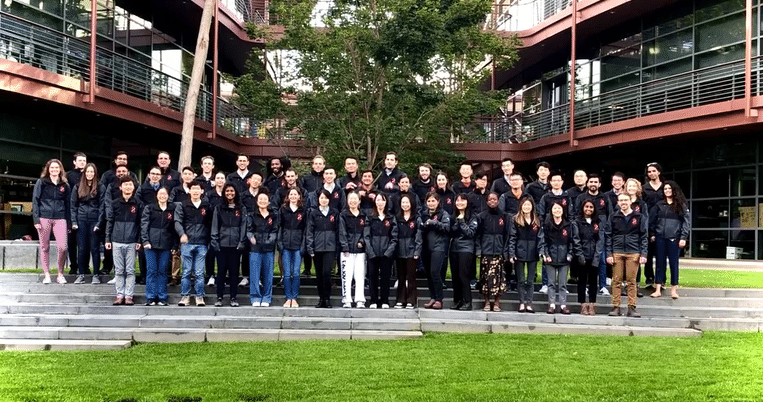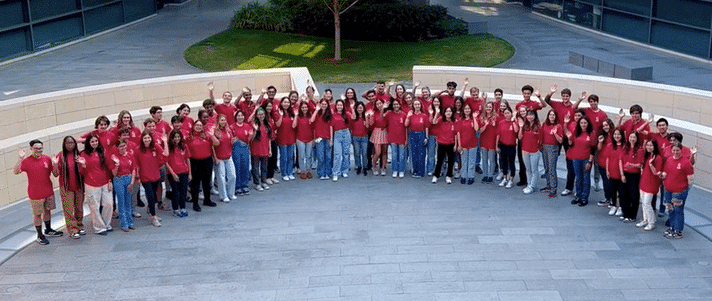
The James H. Clark Center.
The Stanford Bio-X initiative has an inspiring history of sparking interdisciplinary collaboration and innovation to benefit human health. The collaboration that became Bio-X began in 1998, and the first Bio-X Seed Grants were awarded to faculty beginning in 2000. In 2003, the first faculty members moved into the James H. Clark Center, the hub of Bio-X.
At a time when science was suggesting new avenues of research and, indeed, spawning entirely new disciplines of study, Bio-X was designed to bring together faculty and students in engineering, chemistry, physics, biology, medicine, humanities, ethics, law, and now also sustainability. The idea was simple: to encourage these bright minds to pursue high-risk, high-reward interdisciplinary research.
Bio-X has inspired and funded an incredible array of interdisciplinary collaborations, not only among the 50+ faculty who reside at the Clark Center but also among the roughly 1,300 other Stanford faculty affiliated with Bio-X, the 385 Bio-X PhD Fellows, and the 1,000+ undergraduate researchers supported by Bio-X.
As we celebrate two decades of the Clark Center and 25 years of collaborative research through Bio-X, this timeline highlights some of the remarkable moments and noteworthy achievements that have been empowered by Bio-X and the Clark Center, showcasing the strong and innovative community built by the program since its inception.
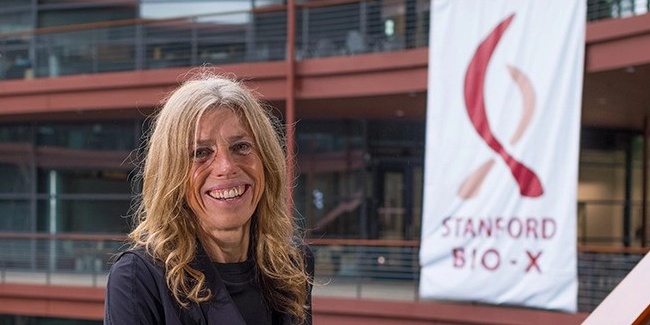
Dr. Ellen Kuhl.
2024
Ellen Kuhl named director of Stanford Bio-X
Professor Ellen Kuhl, the Walter B. Reinhold Professor in the School of Engineering and currently the Robert Bosch Chair of Mechanical Engineering, will begin her term as the Catherine Holman Johnson Director of Stanford Bio-X on September 1st, 2024.
Research Releases Hot Off the Press
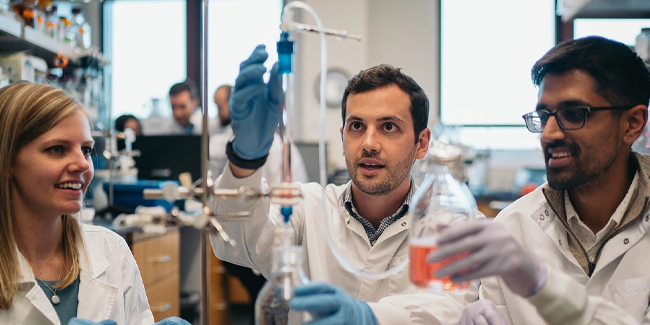
Stanford Bio-X Fellow Jack Silberstein (center)
in the lab.
- A newly published protein structure helps explain how some anti-cancer immunotherapy treatments work - work by Stanford Bio-X affiliated faculty member Jennifer Cochran, Stanford Bio-X PhD Fellow Jack Silberstein, and Stanford Bio-X Undergraduate Summer Research Program participant Jessica Frank
- Going atom-by-atom, Stanford researchers craft a new precision drug for fighting COVID-19 - work by Stanford Bio-X affiliated faculty member Michael Lin, Novo Nordisk Foundation-sponsored Stanford Bio-X Visiting Scholar Michael Westberg, Stanford Bio-X affiliated faculty members Shirit Einav and Catherine Blish, and Stanford Bio-X PhD Fellows Xinzhi Zou and Yan Wu

3D-printed buckyballs printed by the DeSimone
lab's r2rCLIP system.
- New high-speed microscale 3D printing technique - work conducted in the Clark Center laboratory of Stanford Bio-X affiliated faculty member Joseph DeSimone, with lead author Stanford Bio-X Travel Award recipient Jason Kronenfeld, and co-author Stanford Bio-X Travel Award recipient Max Saccone
- Study details how low humidity could be a boon for viruses - work conducted in the Clark Center laboratory of Stanford Bio-X affiliated faculty member Dick Zare
- Researchers dial in on genetic culprit of disease - work by Stanford Bio-X affiliated faculty member and previous Stanford Bio-X Undergraduate Summer Research Program participant Jesse Engreitz

Stanford Bio-X Fellow Rebecca Culver.
2023
Research Highlights
-
Scientists get a new view of digestion - work by Stanford Bio-X affiliated faculty members KC Huang, David Relman, Susan Holmes, and George Triadafilopoulos, with co-lead authors Stanford Bio-X Fellow Rebecca Culver, Dr. Dari Shalon, Dr. Jessica A. Grembi, and Dr. Jacob Folz, as well as co-authors Stanford Bio-X Fellows Andrés Aranda-Díaz and Handuo Shi

Stanford Bio-X undergraduate Ashlyn Callan.
- Padded helmet cover shows little protection for football players - work by Stanford Bio-X affiliated faculty members David Camarillo, Michael Zeineh, and Gerald Grant, with co-first authors Stanford Bio-X Undergraduate Summer Research Program Participant Ashlyn Callan and Travel Award Recipient Xianghao Zhan
- A complementary metal-oxide semiconductor (CMOS)-based highly scalable flexible neural electrode interface - work by Stanford Bio-X affiliated faculty members Nick Melosh and John Huguenard, first author Stanford Bio-X Fellow Eric Zhao, and co-author Stanford Bio-X Travel Award recipient Pingyu Wang
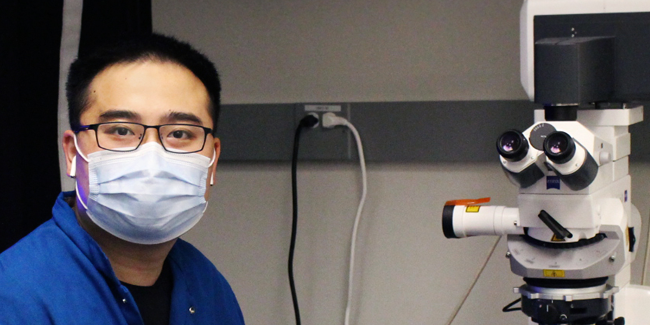
Stanford Bio-X Fellow Yuhang Fan in the lab.
- Regeneration might be a whole-body affair - work by Stanford Bio-X affiliated faculty members Bo Wang and James Ferrell, with lead author Stanford Bio-X Fellow Yuhang Fan and co-author Stanford Bio-X Fellow Xinzhi Zou

Dr. Carolyn Bertozzi.
2022
Carolyn Bertozzi awarded the 2022 Nobel Prize in Chemistry
Bertozzi is honored for founding the field of bioorthogonal chemistry, which researchers across the world now use to study molecular interactions in living organisms without disrupting natural cell chemistry.
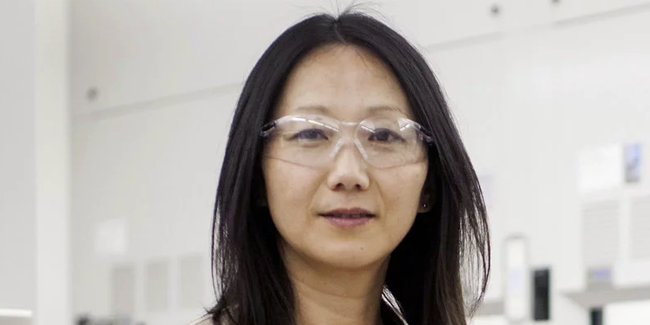
Dr. Zhenan Bao.
Zhenan Bao receives the VinFuture Prize for female innovators
Zhenan Bao receives the inaugural award for scientific advancements for her pioneering work on the development of skin-inspired electronics and their applications to a range of medical and energy applications.
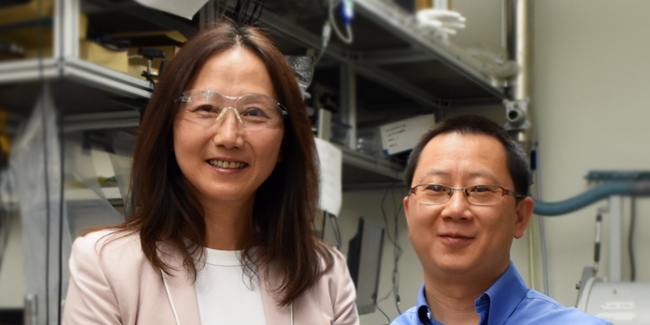
Dr. Zhenan Bao (left) and Dr. Xiaoke Chen (right)
in the lab.
Stretchable probe measures brain chemicals central to Parkinson’s, depression, and gut disease
With support from a Stanford Bio-X Seed Grant, Bio-X affiliated faculty members Zhenan Bao, Xiaoke Chen, Aida Habtezion, James Dunn, Bianxiao Cui, Sergiu Pașca, and Yi Cui invent NeuroString — a soft, implantable probe that can monitor fluctuations in brain chemicals, like a fitness tracker for the brain.
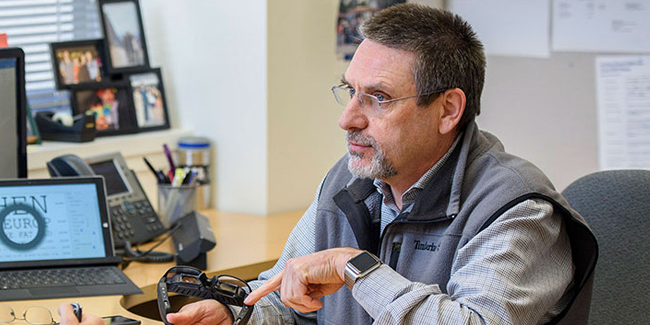
Dr. Daniel Palanker.
Researchers develop advances in retinal prosthetics
Two manuscripts highlight advances in an implantable devices that can restore vision to patients suffering from macular degeneration. This work was originally launched by a Stanford Bio-X Seed Grant in 2008, facilitating clinical trials and a company. Hear more from Dr. Daniel Palanker and Dr. Stephen Baccus in this video!
Novo Nordisk Foundation fellowship program expands
Inspired by the success of the longtime collaboration between the Foundation and Bio-X, Novo Nordisk expands its Interdisciplinary Postdoctoral Fellowship Programme to include the Massachusetts Institute of Technology, the University of Oxford and the Weizmann Institute of Science.
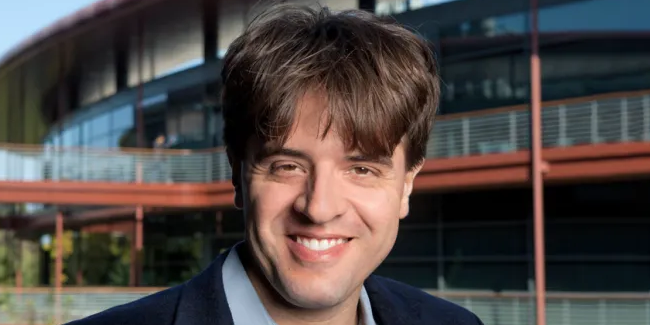
Dr. Karl Deisseroth.
2021
Karl Deisseroth wins the 2021 Lasker Basic Medical Research Award
Deisseroth and his co-winners are honored for their development of a technique that uses light-activated microbial proteins to activate or inhibit neurons, which led to the development of optogenetics.
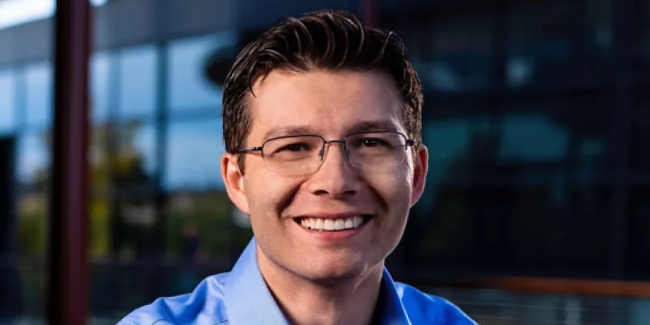
Dr. Sergiu Paşca.
Sergiu Paşca receives 2021 Judson Daland Prize
Paşca is awarded the prize for Outstanding Achievement in Patient-Oriented Clinical Investigation for his creation of human brain models that he used to better understand the mechanisms of neuropsychiatric disorders.
Bio-X and Clark Center continue despite the pandemic
Throughout the COVID-19 shutdown, Bio-X's programs and research continue without disruption. The Clark Center stays fully open, and the Bio-X Undergraduate Summer Research Program pivots to a rich virtual program that students say was invaluable in keeping them connected to their peers as well as advancing their scientific careers. Bio-X awards 21 new PhD Fellows and 21 new Seed Grants.
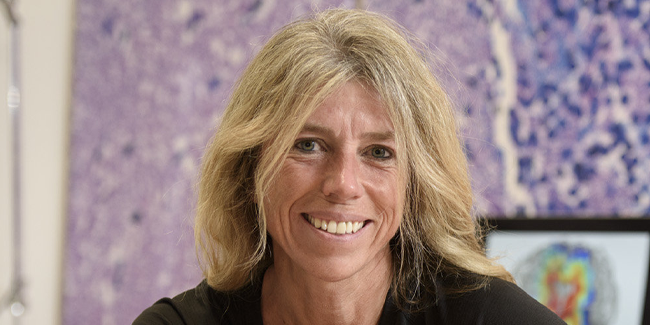
Dr. Ellen Kuhl.
2020
To predict COVID’s spread and recovery, Professor adapts a computational model of the brain
Early in the COVID-19 pandemic, Bio-X Professor Ellen Kuhl transforms her computational model of how diseases spread in the brain into a model that uses real airline travel data to help policymakers understand how decisions could affect the spread of the virus.
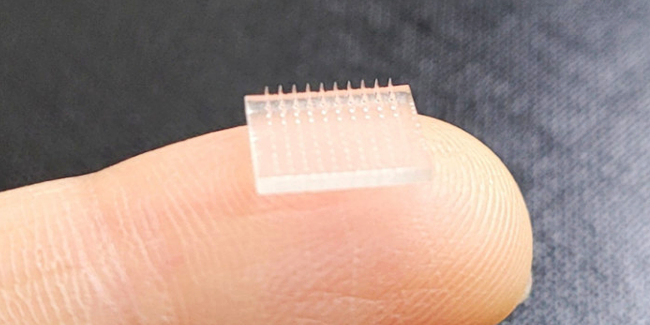
A vaccine patch 3D-printed by the DeSimone lab.
3-D printing lab opens in Clark Center
Joseph DeSimone, an innovative polymer chemist, has made breakthrough contributions in green chemistry, fluoropolymer synthesis, colloid science, and nano-biomaterials. DeSimone’s lab focuses on innovative 3-D printing technologies and applications of 3-D fabrication in translational medicine.
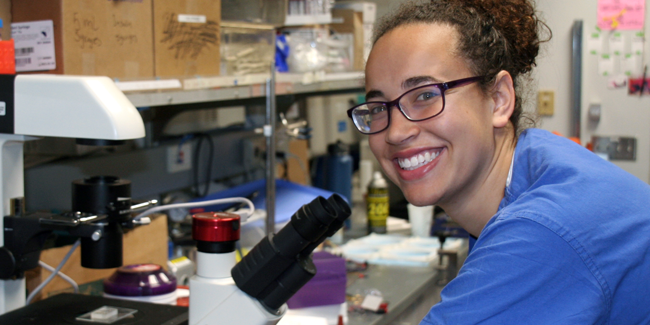
Stanford Bio-X Fellow Lyndsay Stapleton.
2019
Improving surgery recovery by reducing adhesive scar tissue with a sprayable gel
Joseph Woo and Eric Appel, with first author Stanford Bio-X Fellow Lyndsay Stapleton, co-authors Stanford Bio-X/Novo Nordisk Foundation Visiting Scholar Anton Smith and Travel Award recipient Anthony Yu, and additional support from a Stanford Bio-X Seed Grant, find that applying a gel to internal tissues after cardiac surgery significantly limits the formation of adhesions, a problematic form of scar tissue.
Insights into herpesvirus infections from cryogenic electron microscopy
With support from a Stanford Bio-X Seed Grant, Ann Arvin and Clark Center building resident Wah Chiu acquire some of the most detailed pictures ever of proteins on the surface of the chicken pox virus to reveal clues about how to block herpesvirus infections.

Dr. Sarah Heilshorn (left) and Dr. Erinn Rankin.
2018
Seed Grant team tackles a deadly form of ovarian cancer
With support from a Bio-X Seed Grant, professors Erinn Rankin, Sarah Heilshorn, and Oliver Dorigo build a collaborative team spanning the schools of medicine and engineering, using new materials and imaging techniques to better understand high-grade serous ovarian cancer.
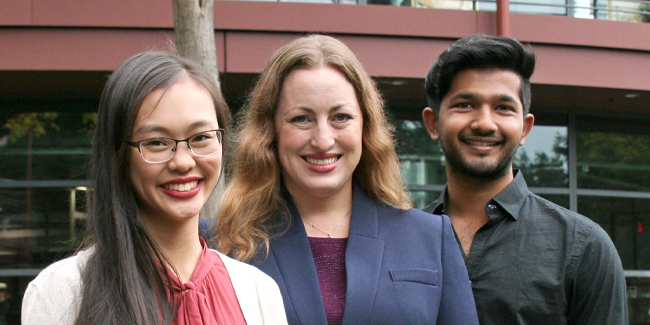
Left to right: Lydia Tam, Dr. Michelle Monje,
Praveen Pallegar.
Researchers zero in on ‘chemo brain’
A long-term study in the lab of professor Michelle Monje finds that three types of cells in the brain’s white matter are involved in the cognitive dysfunction that follows chemotherapy treatment. The study’s authors include Stanford Bio-X affiliated faculty members Erin Gibson and Hannes Vogel, Stanford Bio-X Genentech Fellow Anna Geraghty, and numerous Stanford undergraduates who participated in the Stanford Bio-X Undergraduate Summer Research Program over multiple years of the study: Andrea Goldstein, Alfonso Ocampo, Jacob Greene, Lydia Tam, and Praveen Pallegar.
2017
Collaboration supercharges medical imaging
Previous Stanford Bio-X Fellow and current Stanford faculty Adam de la Zerda, in collaboration with Bio-X founding faculty member and Nobel Laureate Steve Chu as well as Stanford faculty Darius Moshfeghi and lead author Stanford Bio-X Fellow Orly Liba, find a relatively simple, low-cost fix that substantially improves images obtained via a widely used optical scanning technique, opening the door to “virtual biopsies.”
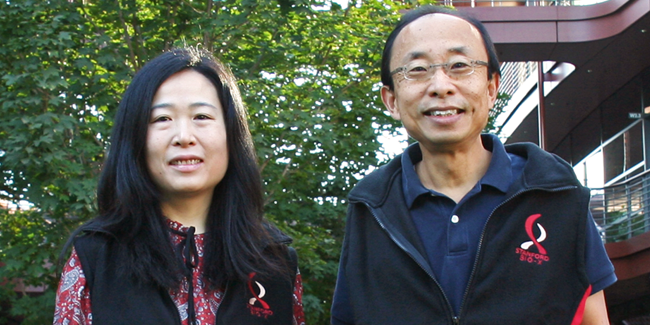
Dr. Ada Poon (left) and Dr. H.-S. Philip Wong.
Seed Grant team develops nanoantenna that can transmit from inside a living cell
With support from a Bio-X Seed Grant, professors H.-S. Philip Wong and Ada Poon further a collaborative effort to implant nanoscopic antennas into cells to monitor them from within. The cell-sized antenna is so tiny that 10 of them could fit side by side within a human hair.
2016
Carla Shatz wins the Kavli Prize in neuroscience
Bio-X director Shatz and her colleagues are recognized for discovering the mechanisms that the brain uses to determine which connections among neurons to strengthen and which to prune back, shaping how the brain develops.

Stanford Bio-X Fellows.
William K. Bowes Jr. establishes endowment for Bio-X Fellows
Philanthropist and venture capitalist Bowes’ endowment supports the Bio-X Graduate Fellowship Program, which awards three years of full tuition and stipend to current Stanford graduate students with interdisciplinary research interests.
To date, the Bio-X PhD Fellowship program, including the Bowes Fellowships, has awarded a total of 385 Stanford Bio-X PhD Fellows.
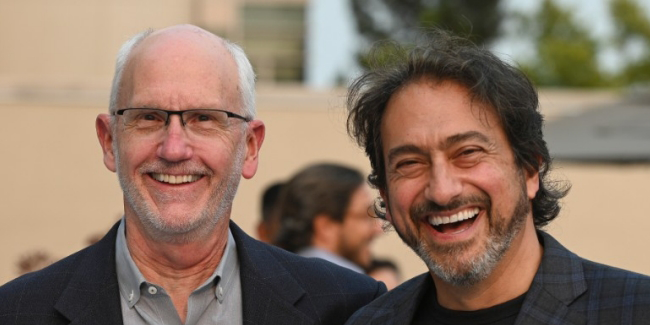
Biodesign co-founders Dr. Paul Yock (left) and
Dr. Josh Makower (right).
Name change marks Biodesign’s 15th anniversary
The program is re-named the Stanford Byers Center for Biodesign after Silicon Valley venture capitalist and Biodesign mentor Brook Byers. The anniversary also launches the center’s new emphasis on creating affordable health care technology innovations.
Biodesign has launched 56 companies since inception.

Stanford Bio-X & Novo Nordisk Foundation Visiting
Scholars/Visiting Postdocs.
2015
Stanford Bio-X Senior Scholar Program with Novo Nordisk Foundation launches
The Interdisciplinary Postdoctoral Fellowship Programme brings talented visiting scholars and visiting postdocs from Denmark to Stanford. The Fellows spend three years at Stanford gaining international research and networking experience, with mentorship from Bio-X-affiliated faculty, before returning to Denmark for a final year.
To date, Stanford Bio-X has brought 17 visiting scholars/visiting postdocs to Stanford.
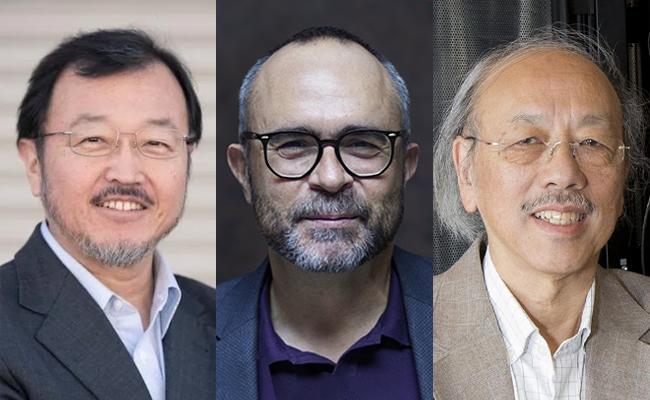
Left to right: Dr. Soichi Wakatsuki, Dr. Yiorgo
Skiniotis, Dr. Wah Chiu.
2014-2017
Stanford Linear Accelerator Center (SLAC) and Bio-X collaborate to enhance Stanford cryo-EM capabilities, resources, and expertise
Bio-X strengthens its role as a bridge between the main campus and the SLAC National Accelerator Laboratory. The Clark Center welcomes top-tier SLAC-affiliated researchers Soichi Wakatsuki, Yiorgo Skiniotis, and Wah Chiu, who enhance Stanford’s electron cryo-microscopy capabilities.

Dr. W.E. Moerner.
2014
W.E. Moerner awarded the 2014 Nobel Prize in Chemistry
Moerner and his colleagues are honored for their work to develop microscopy techniques that use fluorescence to create high-resolution images of nanoscale molecular structures inside living cells.
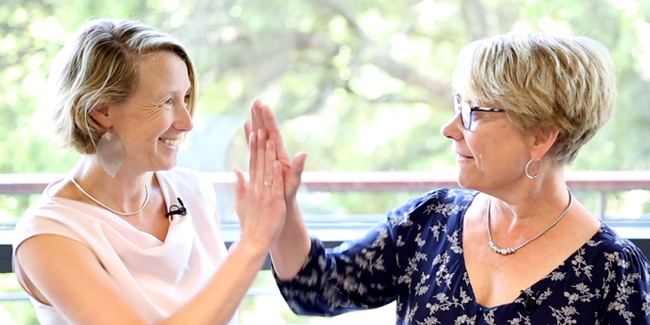
Seed Grant recipients Dr. Polly Fordyce (left) and
Dr. Martha Cyert (right).
Stanford Bio-X initiates Bio-X Innovation Partners, beginning to establish an endowment to secure the future of the Bio-X Seed Grants Program
The interest on the endowment provides base level of support for the Stanford Bio-X Interdisciplinary Initiatives Seed Grants Program in perpetuity. The Bio-X Seed Grants catalyze innovation by funding high-risk, high-reward collaborative interdisciplinary projects related to biosciences, engineering, biomedicine, humanities, and sustainability.
To date, the program has awarded Seed Grants to 252 faculty teams.
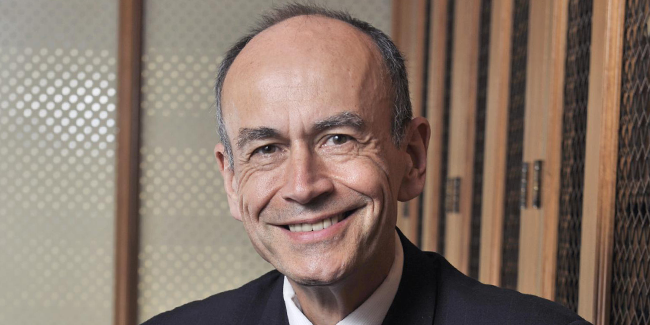
Dr. Thomas Südhof.
2013
Thomas Südhof awarded the 2013 Nobel Prize in Physiology or Medicine
Südhof and colleagues receive the Nobel, Südhof for his work in exploring how neurons in the brain communicate with one another across synapses.

Dr. Michael Levitt.
Michael Levitt awarded the 2013 Nobel Prize in Chemistry
Levitt and his colleagues receive the prize for building pioneering computerized methods for modeling complex chemical systems, including protein dynamics and enzymatic reactions.

The ChEM-H / Neuro research complex, completed
in 2019.
Stanford Neurosciences Institute launches
Bill Newsome directs the interdisciplinary institute, which is launched from the Bio-X NeuroVentures Program. The campus-wide initiative brings together researchers with existing expertise and those who are new to the field to spur collaborative efforts to understand the brain.
The initiative is now the Wu Tsai Neurosciences Institute.
Stanford team discovers receptor for Alzheimer's disease beta-amyloid blocker
Research published in Science shows how a protein fragment known as beta-amyloid, strongly implicated in Alzheimer's disease, begins destroying synapses before it clumps into plaques that lead to nerve cell death. To read more about this work and Bio-X director Carla Shatz, see the October 2013 issue of Discover Magazine.

Dr. Brian Kobilka.
2012
Brian Kobilka is awarded the 2012 Nobel Prize for Chemistry
The studies by Kobilka and colleague Robert Lefkowitz are crucial for understanding how G-protein-coupled receptors function. In 2011, Kobilka and his research team captured an image of the β-adrenergic receptor at the exact moment that it is activated by a hormone and sends a signal into the cell.
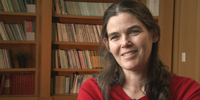
Dr. Daphne Koller.
2011
Daphne Koller, Ph.D., trains computers to analyze breast cancer microscopic images
Koller, professor of computer science, and team develop C-Path, which assesses more than 6,500 factors while evaluating the tissue of cancer patients. This machine will assist doctors in identifying cancer while also learning more about the disease itself.
2010
Karl Deisseroth is awarded the inaugural HFSP Nakasone Award
This Stanford Professor and Bio-X researcher is awarded an unrestricted research grant of $10,000 for his work developing new optogenetic methods for the study of neuronal networks underlying behaviors.
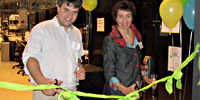
Dr. Karl Deisseroth (left) and Dr. Carla
Shatz (right).
Optogenetics Innovation Laboratory opens in Clark
The opening is marked by a Laboratory Open House Ceremony and ribbon cutting by Shatz and Deisseroth, director of the lab.
Since 2010, over a thousand participants from Stanford and around the world have enrolled in training courses and workshops hosted by the Optogenetics Innovation Laboratory (OIL).
2009
Professor sequences his entire genome at low cost, with small team
Stephen Quake completes a genome sequencing project for less than $50,000. Scientists will benefit from this step in cost-efficient technology by creating more examples of human genetic code to study specific genes and mutations.
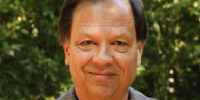
Dr. Bill Newsome.
2008
Bio-X NeuroVentures Program starts
Bill Newsome directs the new program designed to enhance collaborative activity in neurosciences. The first manifestation of the program will be development of the optogenetics laboratory, building on work by Professor Karl Deisseroth funded through Bio-X in previous years.
NeuroVentures has funded major seed grants as well as collaborative equipment grants.
Noninvasive diagnosis of fetal aneuploidy by shotgun sequencing DNA from maternal blood
New findings developed by a Bio-X professor succeed in finding a new way to sequence DNA samples. Professor Stephen Quake and team have advanced the capabilities of diagnosing conditions before birth.
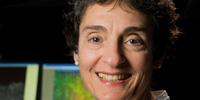
Dr. Carla Shatz.
2007
Carla Shatz becomes the new director of Stanford Bio-X
President Hennessy names Shatz, head of Harvard’s neurobiology department, to lead Bio-X and chart the growth of its efforts in biomedical research.
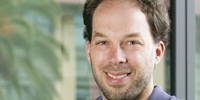
Dr. Stephen Quake.
2006
Microfluidics lab opens its foundry at Clark Center
Professor Stephen Quake opens Microfluidics Foundry in the Clark Center to assist academic researchers. The foundry will be a research resource for teachers, researchers and students who work on advancing this effective and valuable technology.
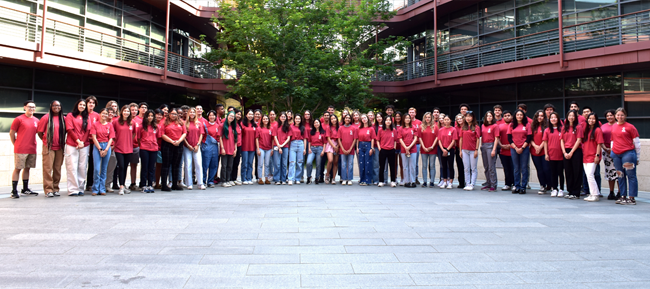
2023 Stanford Bio-X undergraduates.
Bio-X undergraduate summer research program begins
The program started with one applicant in 2006, and has grown to more than 180 applicants annually.
In 2023, Bio-X welcomed 70 undergraduate students into the Bio-X community, supporting their hands-on laboratory research in Stanford faculty labs and their participation in rich Bio-X programming. See group photo.
2005
First Bio-X Symposium, “Watching Life,” hosts more than 400 participants
Jointly hosted by Bio-X, Stanford Molecular Imaging Program and the Beckman Center for Molecular and Genetic Medicine, the event includes presentations on imaging molecules and effective approaches to research.
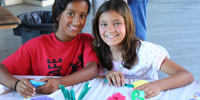 First Annual Kids’ Day at Clark Center
First Annual Kids’ Day at Clark Center
Stanford students and faculty assist visiting children with hands-on science experiments. Kids are drawn into the amazing and important aspects of science.
The annual Science Day at the Clark Center brought more than 300 young people to campus to learn and discover.
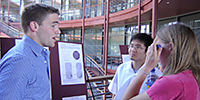 2004
2004
Bio-X PhD fellowship program starts
Nine graduate students win fellowships in the first class to be awarded Bio-X PhDs. The students are from a variety of departments, including Chemistry, Mechanical Engineering and Neuroscience.
385 PhD fellows have been funded by Bio-X to date. 305 of them have completed their programs, received their doctorates, and found exciting positions in academia, industry, and beyond. (See group photo.)
Simbios is funded
Simbios, the NIH Center for Biomedical Computation at Stanford, receives $20 million for a center that explores and simulates biomedical discoveries. The center will develop software that makes it possible to study biological structures and their functions in a safe environment.
 2003
2003
Clark Center is completed October 24
The official dedication is held during a ceremony that highlights how the design of the building supports the work of its inhabitants. The speakers reiterate the goals of Bio-X and speak to the building design’s support and communication of these goals, mainly a transparency and lack of barriers.
Bioengineering department takes up residence in the newly completed Clark Center
Faculty committees worked with the Deans of Engineering and Medicine to bring this imaginative program into being.
Biodesign program moves into the Clark Center
The program features a space for students to bring ideas to life using the prototyping lab, materials and work space. The program’s partnership with the Product Realization Lab expands the capability of students to realize their designs. The Biodesign program has been successful in filing dozens of patents and responsible for dozens of startups in the Bay Area.
Animal imaging facilities are established in the building
The Stanford Center for Innovation in In-Vivo Imaging (SCI3) provides a facility that engenders a greater understanding of in-vivo images at both molecular and cellular levels. The main hub of SCI3 resources is housed in the Clark Center. More than a hundred laboratories make use of the technology offered at the SCI3 facility annually.

Dr. Matthew Scott.
2002
Matthew Scott is named the new Director of Bio-X
Professor of developmental biology and genetics Matthew P. Scott is appointed new director of Bio-X for a five-year term. While continuing with his active research, two professorships, and teaching in the School of Medicine, Scott will focus on supporting the initiative’s goals and collaborations in several areas of emphasis: biocomputation, biophysics, biodesign, bioengineering, chemical biology, genomics/proteomics and regenerative medicine.
The Bioengineering department is created through a collaboration between the Schools of Medicine and Engineering
Approved by the Board of Trustees, this department offers bachelor’s, master’s and doctoral degrees. Intended to be housed in the Clark Center until it receives its own building, the Bioengineering department begins accepting graduate students in 2003.
Bioengineering is now a very successful department with graduate and undergraduate programs and dozens of faculty and courtesy faculty.
 2001
2001
Construction starts for Clark Center
The building was uniquely designed and is constantly changing to meet the needs of the innovative research and technology being developed by the amazing resident scientists.
 2000
2000
Ground breaking for the Clark Center
The Clark Center officially opens on October 24, 2003, with over half of the lab space left as shell space. The remaining labs would be created and customized in the building over time. Architects Foster + Partners are also known for projects like the Hong Kong Airport and the Millennium Bridge in London.
Today 48 faculty labs including over 1,000 scientists work in the Clark Center, and thousands visit the building daily.
The Bio-X IIP seed grants start with the first round of grants
Bio-X awards $3 million in grants for imaginative interdisciplinary research and education projects. The Bio-X Interdisciplinary Initiatives Program Committee called on faculty members to propose imaginative new interdisciplinary, interactive research and educational projects in biology, medicine, computer science, engineering and other disciplines.
Bio-X has now funded 252 projects campus-wide, bringing over 1,000 Stanford faculty together to do collaborative work. The seed grants have resulted in more than 700 publications, over 120 patents, and more than a tenfold return on research funds for Stanford.
 1999
1999
Jim Clark funds the creation of the Clark Center as a hub for Bio-X
James Clark, a Stanford alumnus, former professor and Silicon Valley entrepreneur, donates $90 million to fund a home for the Bio-X initiative. An anonymous donor contributes an additional $60 million. The Clark Center becomes the “nucleus” for collaborations taking place across campus.
1998
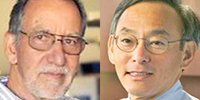 James Spudich, left, and Steven Chu provide a proof of concept for what would later become Bio-X
James Spudich, left, and Steven Chu provide a proof of concept for what would later become Bio-X
Supported by the success of their personal long-standing collaboration, they convene a group of like-minded faculty who envision a program to link the faculty and students of multiple departments with the goal of sharing information and inspiring new and imaginative research projects.
A faculty steering committee is created to provide strategic leadership and direction to Bio-X. Key members include William Mobley, Sharon Long, Jean-Claude Latombe, Lucy Shapiro, Richard Zare, Steve Chu, Jim Spudich, Charles Kruger, Michael Levitt, Harvey Cohen, Chaitan Khosla, and Channing Robertson.
Today more than 1,300 faculty and thousands of other scientists across campus are connected and are conducting collaborative research.
Stanford Bio-X PhD Fellows in 2022 - the 385 Stanford Bio-X PhD Fellows represent 47 different departments and programs.
Stanford Bio-X Undergraduate Summer Research Program participants in 2023 - the Bio-X Undergraduate Summer Research Program
has awarded 1,061 students to date, supporting them to conduct hands-on research in the labs of 374 Stanford faculty members.

